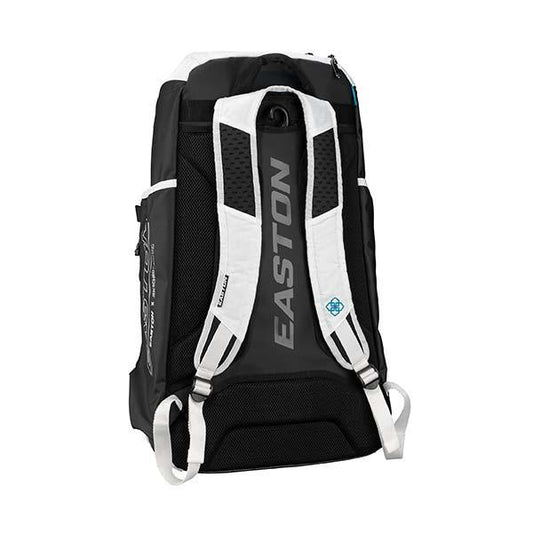One of the hottest topics that comes up every year is over which is harder to hit, the softball pitch or the baseball? Both sports are highly competitive, and the biggest difference between the two is the distance between the pitcher’s mound to the batter’s box. A softball pitching mound sits at 43 feet from home plate, while a baseball mound typically sits around 60 feet. Softball has an advantage of 60 mph, and with a closer placement, it requires the batter to need lightning-fast reaction times. Baseball is very similar, and professional players throw an average of 90 miles per hour, requiring split-second decisions once the ball is released. Both sports have continuously pushed the limits of speed and will continue to progress and create better players. When it comes to a baseball swing compared to a softball swing, it is hard to determine which one is harder.
In baseball, a 90-mile-per-hour fastball requires roughly a 0.458-second reaction time. This is incredibly fast and requires years of practice and extreme discipline. Softball is no different, and a pitch reaching speeds of 60 miles per hour requires a 0.409-second reaction time due to the point of release being closer. With reaction times so similar, the sports require similar swings that require extreme focus and precision in every swing. Every player should learn and master their swing so they can come to the plate ready for whatever the opponent throws their way.
One of the biggest differences between the two sports is the delivery of the pitch. In baseball, the ball is typically thrown in a downward motion propelling the ball towards the plate where it will arrive lower than the position delivered. Softball, on the other hand, requires an underhand pitch which allows the ball to float upward. This upward motion is known as a riseball and enters the hitting zone with a slightly upward angle making for a slightly different approach to the ball. While not every softball pitch does this, the ones that do are considerably harder to track down and hit successfully.
One of the other differences is the size of the ball and bat in each sport. In softball, the ball is significantly larger and has the ability to move more due to its size. The laces on a softball have larger laces as well to allow for more grip, giving the pitcher even more ability to move the ball. This requires batters to watch the release closely so the batter can load their swing and prepare for their swing. Baseball, on the other hand, has a much smaller ball that is slightly harder to make contact with. Baseballs can’t move quite as much as a softball, so it is slightly easier to track down what motion the pitch will make. Regardless of the ball size, the batter still needs to have lightning-fast reflexes, spend time in the batter’s cage, and come ready to the game with the best equipment for the job.
So, which pitch is harder to hit between softball and baseball? There are good arguments for each and the answer differs from person to person. Some batters find it easier to hit a softball with its larger size and slower speed while others will claim baseballs are easier with the distance from the pitcher and ball that can’t move in as complicated ways. When it comes down to it, it’s up to each batter to decide which they prefer, which often leads to which sport they find greater passion in.
If you are looking for the best gear at competitive prices with unmatched customer service, shop the collection at Headbanger Sports. We carry the top brands in softball and baseball to elevate your game and help push you to the next level. Shop our collection today.







































































































